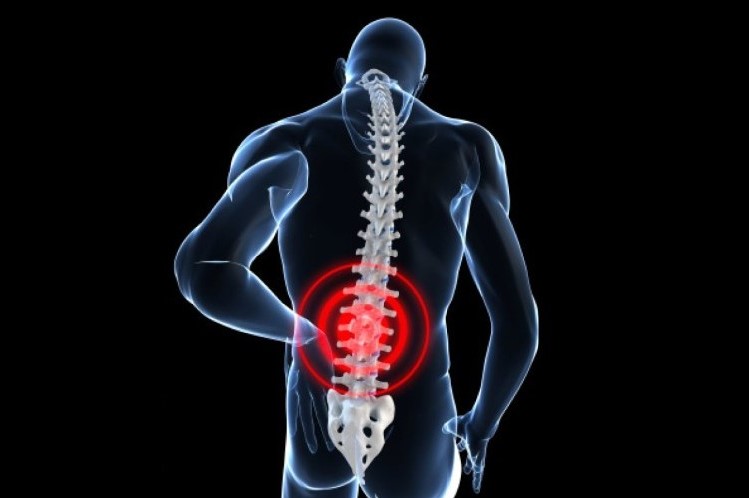
Lumbago: what it is and how to treat it
Lumbago, more commonly known as back pain, is one of the most common complaints. It is a problem that can be triggered by various factors and that has affected about 80% of Italians at least once in their lives
It is a disorder that affects both sexes and, in the long term, can also lead to the development of postural problems: early diagnosis and appropriate treatment are essential to prevent the most severe consequences of low back pain.
Early diagnosis and appropriate treatment are essential to prevent the most severe consequences of low back pain. “Trivial back pain may be a cover for more serious illnesses, so we must not ignore the body’s signals.
Fortunately, however, in most cases low back pain presents localised symptoms, which are not associated with other problems”, Dr Stefano Respizzi, physiatrist and director of the Department of Rehabilitation and Functional Recovery at Humanitas, explains in an interview.
What is meant by lumbago?
“When we speak of lumbago we indicate a pain localised posteriorly, at lumbar level, between the last ribs and the beginning of the buttocks.
When, on the other hand, the pain radiates to other parts of the body, for example anteriorly towards the abdomen, or towards the buttock and thigh, it is an indication of the presence of other pathologies”, explains Dr Respizzi.
What can be the causes of low back pain?
“At the basis of mechanical pain, such as low back pain, there is damage to the musculoskeletal system, i.e. to the vertebrae, or to the intervertebral discs, or to muscles and ligaments.
The pain may be caused by arthrosis of the vertebrae or because, when exerting oneself, there is an injury to a ligament or a muscular overload”, continues the specialist.
What should be done in case of low back pain?
“If the back pain is caused by a simple overload of the back, e.g. due to tiring movements during moving, and lasts only a few days, there is no need to worry.
If, on the other hand, the pain persists or is recurrent, a doctor should be consulted.
The specialist doctor who mainly deals with these problems is the physiatrist, but depending on the type of disorder, a multidisciplinary approach may be appropriate, with the participation of an orthopaedic surgeon and a neurosurgeon, for example, when surgery is required – an eventuality that occurs in 10-15% of cases.
Pain from exertion is most noticeable when standing for long periods of time, moving objects or maintaining an incorrect posture.
It is therefore important to avoid all movements that cause or accentuate pain. In the case of benign mechanical back pain, absolute rest tends to be contraindicated: the patient should try to go about his or her usual life, but avoid situations that are particularly stressful or overloading for the spinal column,” Dr Respizzi explains.
Working from home and being sedentary: back problems
“The months of lockdown and smart working, necessary to contain the COVID-19 pandemic, have compromised years of ergonomic studies, in which the ideal positions and the right tools to avoid back problems during working hours were evaluated.
Working from home, without the right chairs and desks, and the absence of physical activity put stress on the spinal column of many people, compromising the muscular strength of the abdominal, dorsal and lumbar muscles.
A problem that, with limited sporting activity and closed gyms and swimming pools, has also affected younger patients,” explains the specialist.
How is low back pain treated?
“The use of medication must be limited to the days of the acute phase of pain.
After that, it is necessary to rehabilitate the patient, through what we call interventional physiatry.
The specialist will then, depending on the patient’s condition, carry out, for example, infiltrations and/or manipulations.
At the same time, in close cooperation with a physiotherapist, the patient will have to perform therapeutic exercises,” concludes Dr Respizzi.
Read Also:
Diphtheria Back In Spain After 30 Years: “EU Member States Must Improve Immunisation Coverage”
Ambulance Professional Back Pain War: Technology, May You Help Me?
Ibuprofen Patch, A New Idea That Can Reduce Pain For 12 Hours


